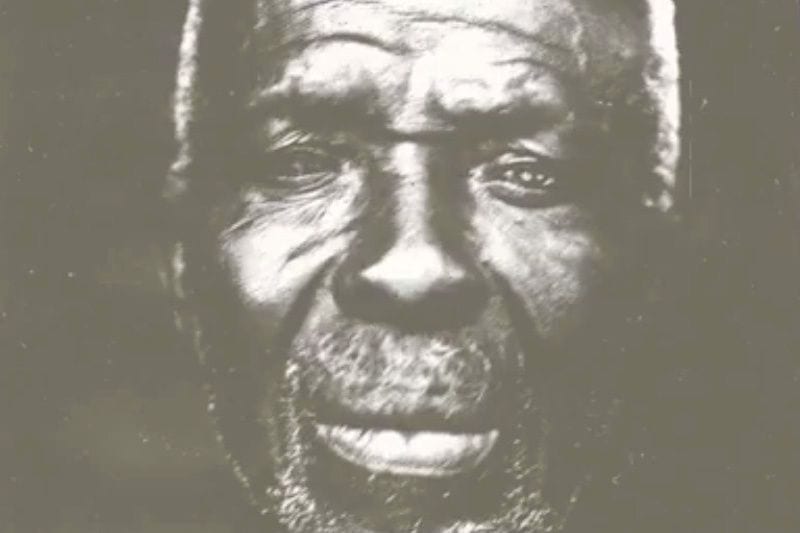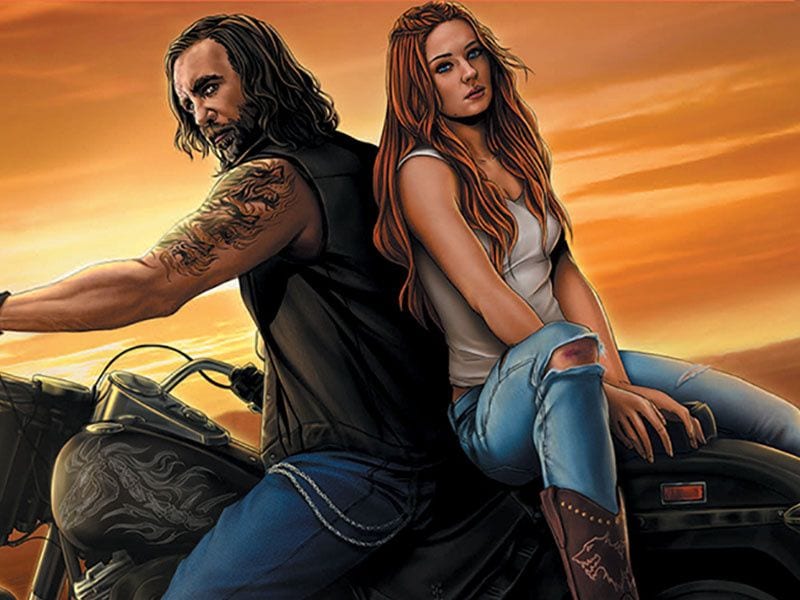
‘The Silent Enemy’ Raises Issues of Native American Identity
The gorgeously shot 1930 ethnography, ‘The Silent Enemy’, depicts the life of an Ojibway tribe long before the advent of European explorers and settlers.

The gorgeously shot 1930 ethnography, ‘The Silent Enemy’, depicts the life of an Ojibway tribe long before the advent of European explorers and settlers.

Zora Neale Hurston’s Barracoon: The Story of the Last “Black Cargo” is flawless. Published posthumously and recovered from the Howard University archives, the book adds a deft layer to Hurston’s corpus while further pushing the confines of canonical American literature. This, however, has always been Hurston’s modus operandi, intentional or not. Barracoon adds to the diminished body of firsthand accounts of slavery and demonstrates the slave trade’s emotional and cultural toll. For this work, Hurston assumes the role of an anthropologist, meaning she facilitates rather than controls the narrative. In turn, readers bear witness to the story of Oluale Kossola, also known as Cudjo Lewis. His poignant and melancholic narrative forces readers to interrogate our knowledge of the transatlantic slave trade and its connection to contemporary forms of oppression.
Hurston was funded by Charlotte Osgood Mason, who supported the documentation of southern black folklore and was a patron to several Harlem Renaissance artists. Hurston’s contact with Kossola was part of an anthropological study. She maintains a participant-observer position, thereby laying emphasis on Kossola’s chronicle while incorporating ethnography’s standard features. For example, throughout the book she brings Kossola gifts of crabs, ham, and “a basket of Georgia peaches” (25). The process of gifting food breaks down the ethnographic concept of the “stranger effect” and at once eases Hurston’s transition into Kossola’s community. In turn, Hurston’s gifting puts Kossola into a space where he can speak candidly and openly. As such, Barracoon is an authentic representation of Kossola’s life while furthering the foundations of African-American culture.
As with Their Eyes Were Watching God (J. P. Lippincott, 1937) Hurston’s strength is substantiating and representing language. Barracoon is told through Kossola’s first person narrative. Hurston’s voice is only included briefly at the beginning of a few chapters when she clarifies her methodology or adds a witticism. She at no point adds in her own interpretations of events or tries to lead Kossola’s narrative. Rather, she diligently and authentically transcribes his vernacular, diction, and spells his words phonetically. She maintains his idiomatic expressions and puts emphasis on Kossola’s own voice. Kossola’s language is a testament to his authenticate representation. In doing so, Hurston fulfills his desire “to tell somebody whut Cudju say, and how come I in Ameriky soil since de 1859 and never see my people no mo'” (19). Despite Mason’s support and Kossola’s engaging story, Hurston was unable to find an interested publisher during her lifetime. The publishers initially requested Hurston to revise his language to reflect the conventions of standard English. Hurston refused, thereby maintaining Kossola’s voice and avoiding another erasure of his identity.
In 1927, Hurston decamped for Africatown, Alabama, a town for emancipated persons, to interview Kossola and document his narrative. He was one of the remaining survivors of the last Middle Passage and lived as a slave for nearly six years on a southern plantation. Kossola reminds readers that his kidnapping took place 50 years after the slave trade was abolished. However, covert transportation and exchange of human chattel was still commonplace. The narrative describing his enslavement is short: the time in the Cotilda’s slave hold and the plantation are covered in only two chapters. Instead, the work centralizes his upbringing in Africa then his emancipated life in America. This is intentional and a direct result of Kossola’s desire to shape his own legacy. Kossola exhibits life when he was independent and in control of his own identity. He reminds Hurston at one point “where is de house where de mouse is de leader?” (20) As Kossola tells it, slavery is a part of his longer narrative. He prioritizes remembering his agency and free-will, accordingly those are the stories worth telling. This aligns with Hurston’s larger body of work as so many of her characters demonstrate multidimensionality. Kossola is not a fictional character yet Hurston showcases the amplitude of his identity while giving voice to his unrelenting sadness and grief.
Kossola underscores the emotional repercussions of kidnapping and enslavement. Throughout he often laments “I so sad for my home” (47) and “our grief so heavy look lak we cain stand it. I think maybe I die in my sleep…” (57). For many, the loss of connection to their home and their ancestral land is haunting and traumatic. Kossola is no exception. Hurston expertly allows Kossola to convey the emotional indignities caused by enslavement and its contribution to long-lived melancholy. Often his sobbing interrupts the narrative but Hurston doesn’t offer consolation because she can’t assuage slavery’s wound. Through Kossola, Barracoon illustrates how and why agonizing sorrow is still felt among descendants of slaves even generations later.
Despite the physical separation from his African ancestors, Kossola is careful throughout Barracoon to point out the cultural connections between his roots and the present. He explains that “we give our chillun two names. One name because we not furgit our home; den another name for de Americaky soil…” (72). Kossola’s ability to enshrine traditions provides a temporary relief from his emotional hardships. His longing for Africa echoes Marcus Garvey’s Back-to-Africa Movement reiterated by several Harlem Renaissance writers’ depictions of their own return. Yet Kossola adds nuance to the Back-to-Africa movements’ affirmations of a quixotic homecoming. Kossola witnessed a brutal Africa where Dahomey warriors sold brethren to white traders. If not captured, “dey cut off de head. Some snatch de jaw-bone while people ain’ dead” (45-46). Despite his desire to return to “Africca soil” (21), Kossola gives Hurston an infrequently discussed perspective on a grisly African recompense.
Beyond slavery, Kossola demonstrates how society preyed upon the oppressed in order to capitalize. In a poignant parable, Kossola recalls a lawyer who wanted to represent Kossola after a workplace injury. Kossola is awarded $650 in liabilities but the lawyer creates endless challenges in delivering the money. Kossola tries to claim the money but “I doan go nexy day, but I send David. De lawyer say dat too soon. Come back nexy week. Well, I send and I send, but Cudjo doan gittee no money” (80). The sale of countrymen and slavery set the precedent of capitalizing on race-based oppression. Even after emancipation, society maintains the dedication to exploitation and upholding white supremacy in the name of profit. This is clearly seen today with the privatization of mass incarceration, contrived foreclosures, and the predatory lending directed towards impoverished people of color.
Barracoon: The Story of the Last “Black Cargo” casts a spotlight on a sordid history that’s still festering. As such, Hurston captures the voice of the suppressed while foisting a mirror up to modernity. Take a look, the reflection is ugly, yet Kossola’s narrative is captivating.

There's really nothing quite like this in other collections of "primitive" art, or even in the grand narrative painting from the European tradition.

The African “dialogues” with Western culture, as twisted here in Eight Films by Jean Rouch to suit the purposes of those exposed to it, reflects the wider idea of “dialectics” between filmmakers and subjects.

Scholar Judith May Fathallah's work blurs lines between author and ethnographer, fan experiences and genre TV storytelling.